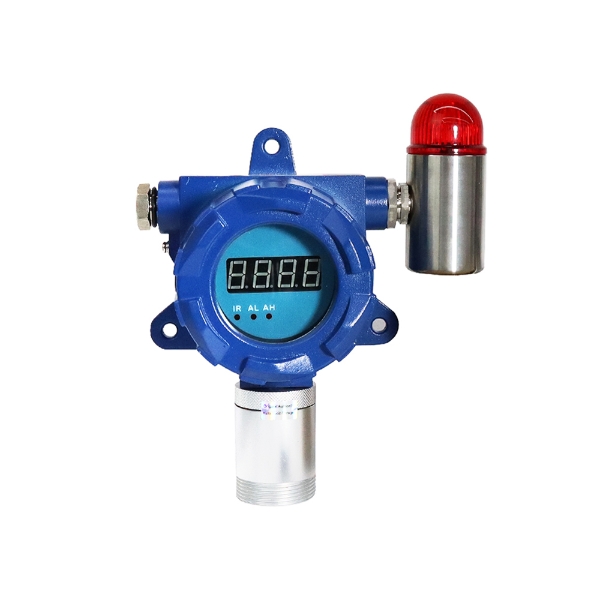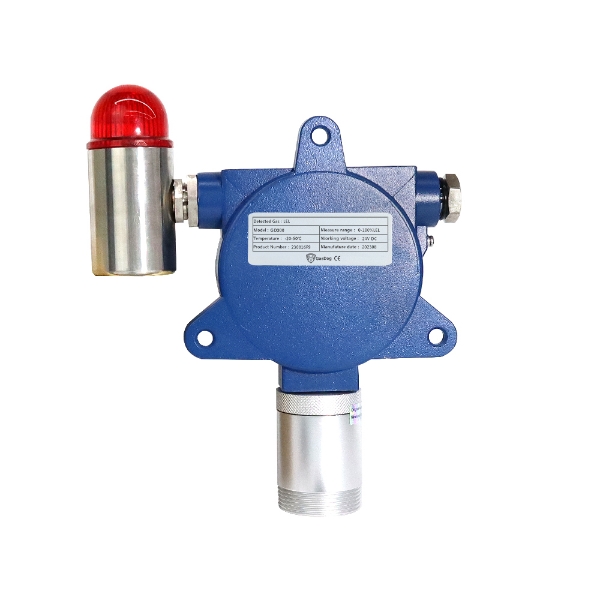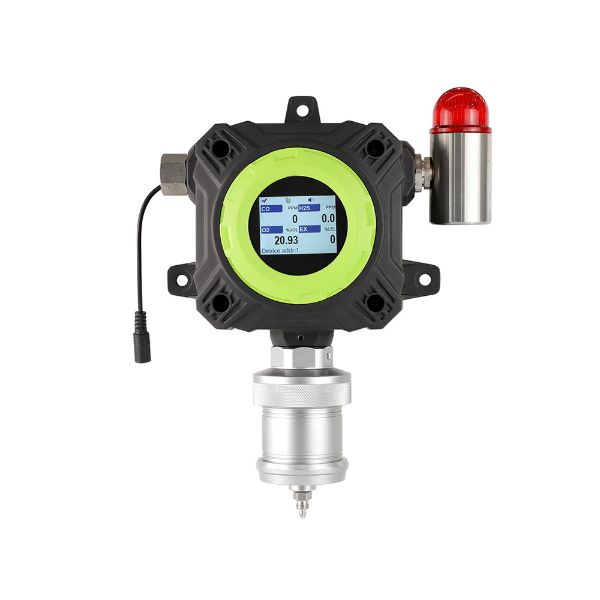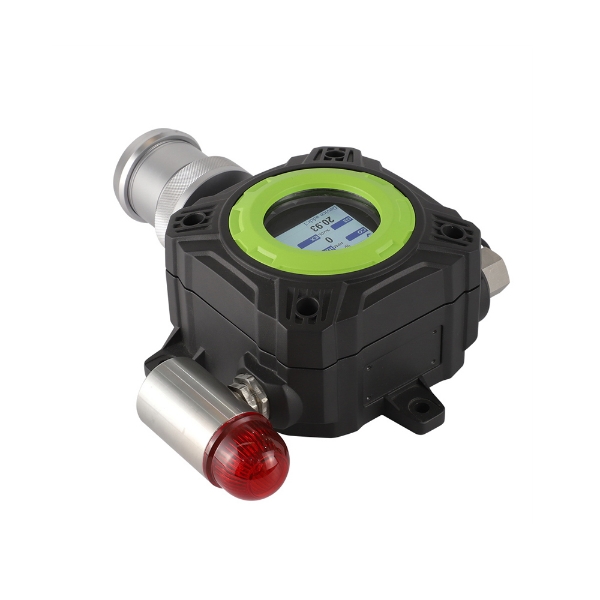-
You have no items in your shopping cart.
- Register
- Log in
- Wishlist
- Shopping cart
WRITE YOUR OWN REVIEW
EXISTING REVIEWS
Valuable
Our factory recently installed this equipment and I have felt much more at ease since then. It monitors Cl2 concentration in real-time, providing sound and light alarms and real-time display. Most importantly, its accuracy gives me great peace of mind about the safety of the working environment.
Thomas Green
|
9/26/2023 3:18 AM
Was this review helpful?
(0/0)




















